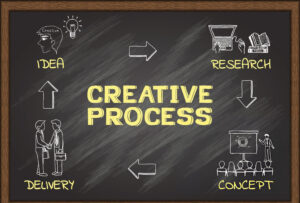Let’s be honest — marketing is everywhere.
From sponsored tweets to Instagram ads that somehow know you’re craving shawarma, brands are fighting for attention like Danfo drivers in Lagos traffic.
So how do you make people stop, listen, and even enjoy your message?
One word: humor.
When brands use humor properly, magic happens — people laugh, people share, people buy.
But if you miss the mark? Well… prepare to trend for all the wrong reasons.
Here’s the breakdown of why, when, and how to use humor without embarrassing your ancestors — or your brand.
Why Use Humor in Marketing?
1. To Grab Attention (and Actually Hold It)
Your biggest enemy isn’t competition — it’s the scroll.
From news about jollof rice wars to gist about someone’s toxic ex, there’s no shortage of things fighting for your audience’s eyeballs. If you’re not funny, relatable, or at least slightly entertaining, you’re toast.
Humor makes people pause.
A punchy tweet. A meme that screams “this is me.” A skit that ends with a plot twist.
Humor is the fastest way to make someone stop scrolling — and in marketing, that’s half the battle won.
Real-life Naija example:
Remember the brand that posted a “5 Types of People at Owambe” meme? They weren’t even selling clothes. They just nailed the vibe — and guess who’s now top-of-mind for people shopping Aso Ebi this December?

2. To Humanize Your Brand
Let’s face it — most corporate brands sound like old uncles. Dry. Robotic. Overly formal.
Nobody wants to engage with a company that still says, “Kindly note that your request has been received.”
Humor injects life into your brand.
It makes you sound like a person, not a terms-and-conditions PDF.
When you use humor, people see you as:
- Relatable
- Approachable
- Self-aware
It’s the difference between being “just another company” and being “the brand I’d actually invite to brunch.”
Example:
Who do you think customers will trust more — the brand that replies with “We apologise for the inconvenience,” or the one that says “Omo! That’s on us. Fixing it sharp sharp — no vex.”

3. To Build Deep, Loyal Connections
Humor builds emotional connection — and emotional connection builds loyalty.
When people laugh with you, they like you. When they like you, they support you.
Even if your product isn’t the cheapest. Even if your competitors are louder.
They’ll root for you in the comments. Defend you when you’re being dragged.
And yes — they’ll keep buying, just to feel like part of your community.
Bottom line?
People remember how you make them feel.
If you can make them smile in a recession, they’ll stick with you for life.

4. To Get Organic, Free Word-of-Mouth
You know what people don’t share? Your product specs.
You know what they do share?
- Relatable memes
- Funny tweets
- Chaotic skits that end in “just play small, e don spoil”
Humor is shareable.
It turns your customers into unpaid marketers. One good laugh = three retweets = five DMs = ten new people exposed to your brand — all for free.
And if you land a joke that hits mainstream culture? Forget it. You’ve just entered free virality.
Pro tip: Humor plus cultural relevance is unbeatable. Mix in trending topics, slang, and real-life Naija moments — that’s the real sauce.

When to Use Humor
Listen, not every moment needs stand-up comedy. Sometimes, it’s better to be serious.
Here’s when humor works best:
✅ Launching a New Product
If your new thing looks intimidating, humor makes it feel approachable.
✅ On Social Media
Where short, funny, relatable content is the king (and queen and president).
✅ If Your Brand Vibes With It
If your brand is known for being playful or edgy, humor will feel natural.
(If you sell funeral services, maybe not.)
✅ During Chill Campaigns
When stakes aren’t life or death, you can afford to loosen up and make people smile.
❌ Serious Matters? Don’t Play.
If you’re talking about health crises, money issues, or emergencies, now is not the time to crack jokes. Respect the mood.
How to Use Humor in Marketing (And Not Embarrass Your Brand )
Because once you enter Premium Drag Twitter™, there’s no going back.
Let’s be honest — humor is one of the hottest tools in marketing right now.
But like small chops at a wedding, not everybody knows how to handle it. Some brands try to be funny and end up being… sad.
So, before you drop that “edgy” tweet or record that skit with your CEO pretending to dance shoki, read this first. Here’s your crash course on how to be funny — without turning your brand into gist on Naija Twitter for the wrong reasons.

1. Know Your Audience Like You Know Jollof
Ask yourself: Who are we trying to make laugh?
- Lagos tech bros?
- Gen Z fashionistas?
- Abuja aunties with a thing for foreign accents?
- Your uncle that still types “lolx” in 2025?
Different crowds, different humor.
You can’t make everyone laugh. And if you try, you’ll end up confusing everybody.
Rule of thumb?
Speak the language of the street you want to dominate.
Use their slang. Reference their struggles. Share their memes.
If they feel seen, they’ll engage. If not? They’ll scroll past — or worse, screenshot and mock you in the group chat.

2. Stay True to Your Brand’s Vibe
Imagine if Zenith Bank suddenly dropped a TikTok where the MD is dancing to Spyro.
Exactly. Vibes mismatch.
Your humor must match your brand personality.
If you’re normally calm, collected, and clean, your jokes should reflect that.
If you’re edgy, youthful, and chaotic (shout out to Zikoko), then lean in and go full gbas gbos.
But don’t just switch styles randomly.
People notice. And the internet has receipts.
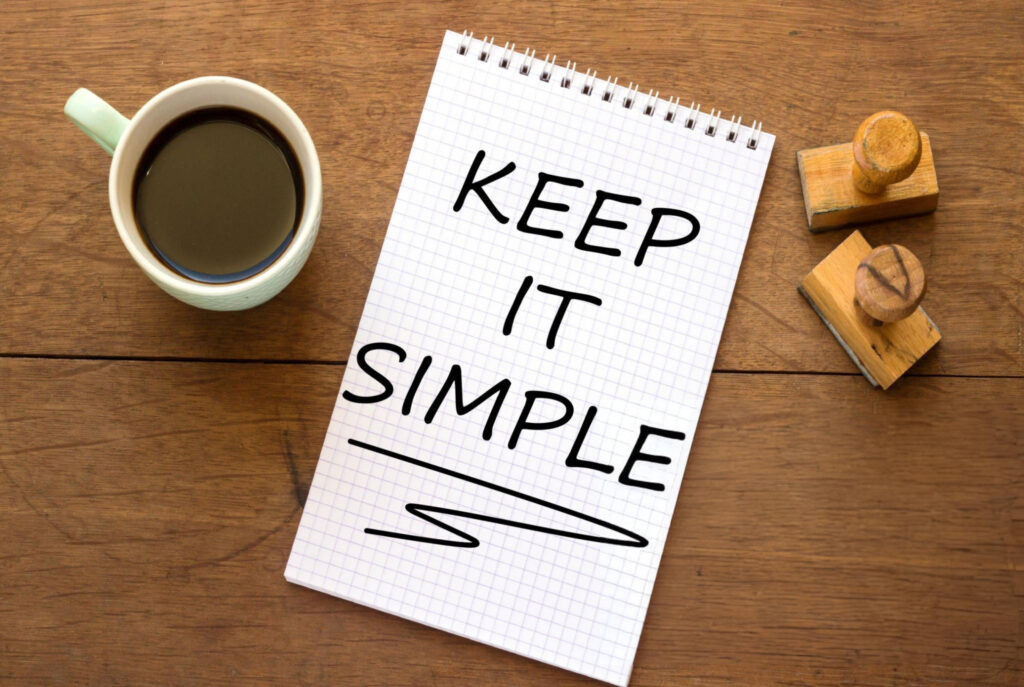
3. Keep It Simple, Keep It Relatable
You’re not trying to win Headies for Best Comedy Performance.
Naija humor thrives on relatable chaos:
- The struggle of last borns during Detty December
- NEPA taking light right when Arsenal is about to score
- That one auntie that always asks if you’ve “added weight”
You don’t need 3 paragraphs of setup.
A short caption, meme, or one-liner that hits close to home? That’s the goldmine.

4. Use Visuals or Don’t Bother
This is not a creative writing workshop.
People aren’t reading your 600-word joke about fuel scarcity.
Instead, serve:
- Memes
- Reaction GIFs
- Reels
- Short TikTok-style skits
Why? Because visuals travel faster. They’re more shareable, more relatable, and easier to remix.
Your brand could literally go viral just off one clever meme format. Don’t sleep.
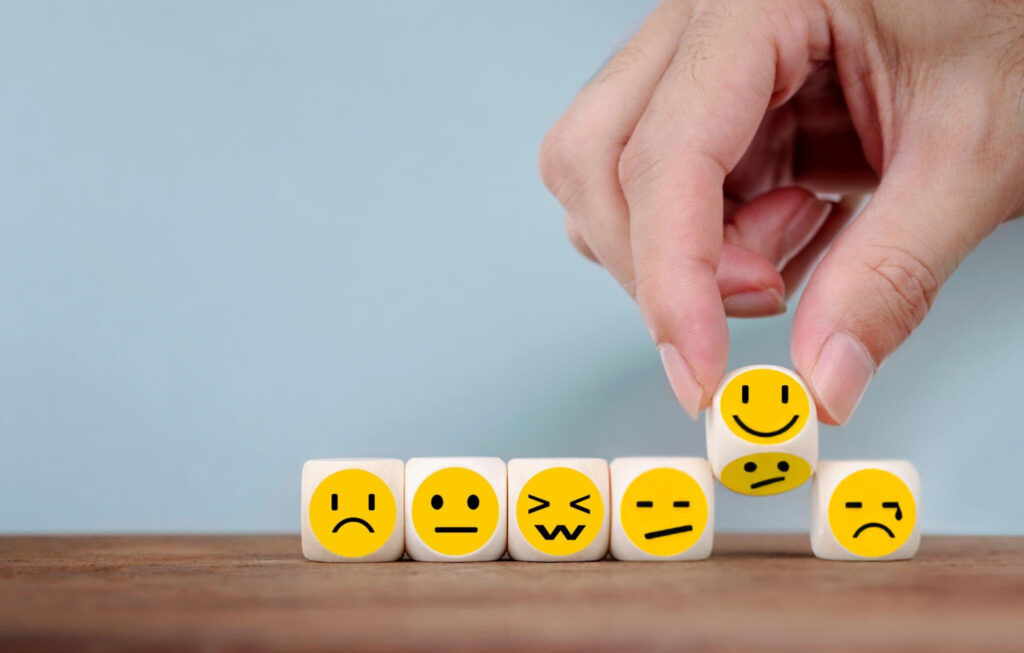
5. Test Your Jokes Before You Embarrass the Brand
Please. We beg you. Don’t approve that “funny” campaign without testing it first.
What you think is “creative banter” might be giving:
- Confusion
- Cringe
- Cancellation
Before you blow your media budget on that Twitter thread or billboard idea, run it by real people.
And not just your marketing team. Those ones are biased.
Ask:
- The intern
- Your cousin in Unilag
- That one guy on the team who’s always brutally honest
If they laugh, you’re good.
If they say “I don’t get it,” or just stare blankly? Throw it away.
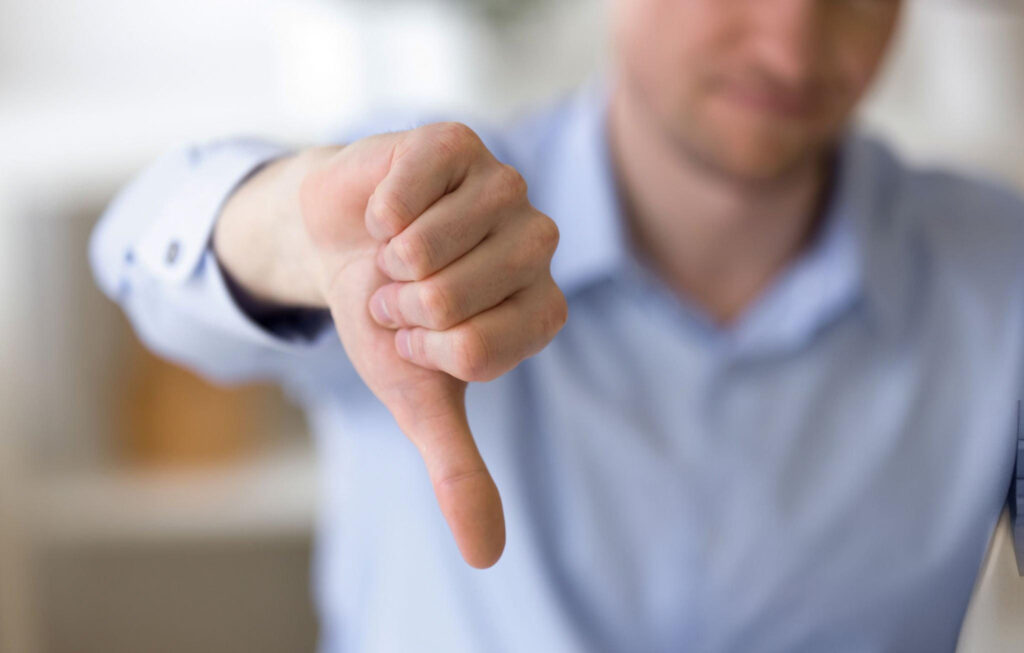
6. Punch Up, Not Down — Or Face Internet Judgement
This is the most important rule.
Make fun of yourself.
Make fun of shared struggles.
Make fun of the powers that be.
But NEVER:
- Mock poor people
- Target vulnerable groups
- Use stereotypes that don’t age well
Jokes that “punch down” will turn your viral moment into a PR disaster. And no, saying “It was just bants” won’t save you.
Remember: cancel culture does not do customer service. Once it’s up, it’s stuck.t’s up, it’s stuck.
Brands That Get It Right
- Wendy’s Twitter:
Dishing out savage (but hilarious) roasts like it’s a sport. - Old Spice’s Wild Ads:
Turning boring body wash into the most unforgettable thing you’ve ever seen. - Netflix Nigeria’s Socials:
Tapping into Naija slang, memes, and Nollywood references like pros. - Zikoko Memes:
Taking everyday Nigerian struggles and spinning them into pure gold. - If you can make them laugh, you can make them listen.
- And if they listen, they’ll trust you. And if they trust you? Omo, the bag is already half-secured.
Humor isn’t about being the loudest brand — it’s about being the most human one.
Be smart. Be authentic. Be funny (on purpose).
Because in a world where everyone is shouting, the one who makes you laugh wins.

